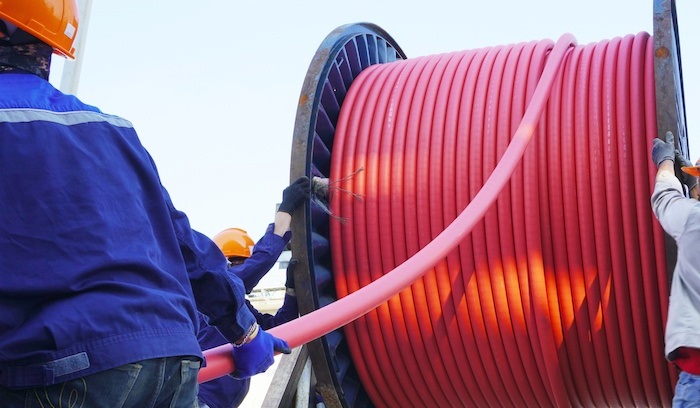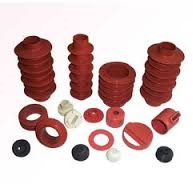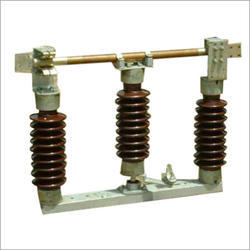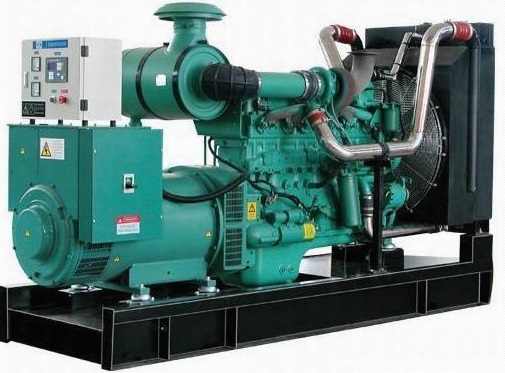Cables & Wires Handling Storage and Pulling Method Statement Procedure
At the stage of receiving the cables at project site, inspect the protective covering on the cable for evidence of shipment damage. Leave the factory-applied protective cover in place until removal is absolutely necessary. Where possible, check the copper sheath for evidence of shipment damage. When cable drums are unloaded in designated area, provide wooden… Read More »






